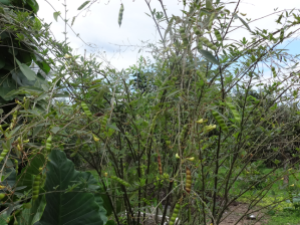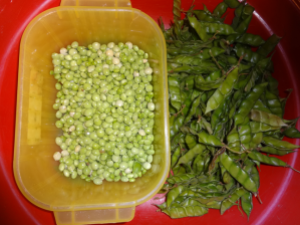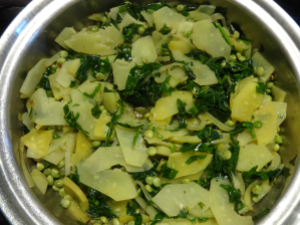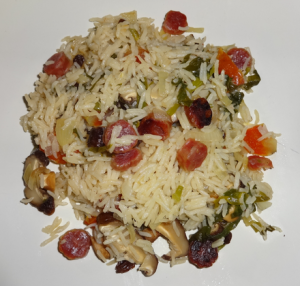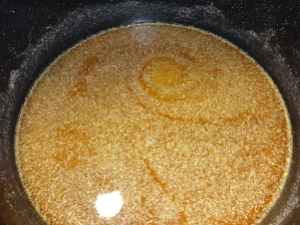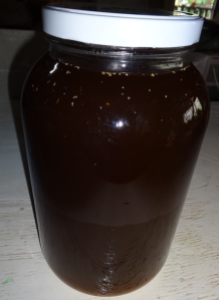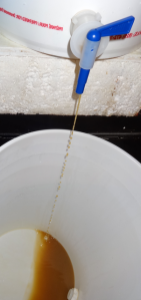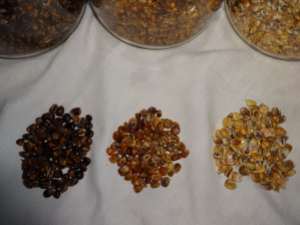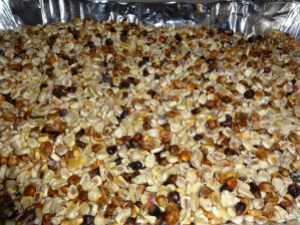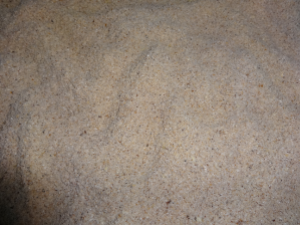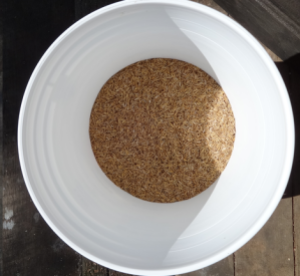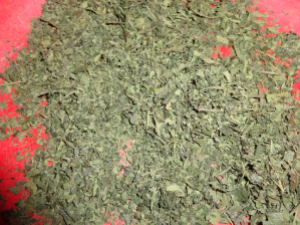Just catching up on some recipes that I created over the last few weeks: ![]() It is sapodilla season!! This is a sweet tasting fruit with the flavour of caramel and cinnamon. Gnome has got first dibs for making a Melomel (honey and fruit wine) but I have been sneaking some past him to create some tasty dishes..they don’t call me Ninja Munchkin for nothing!
It is sapodilla season!! This is a sweet tasting fruit with the flavour of caramel and cinnamon. Gnome has got first dibs for making a Melomel (honey and fruit wine) but I have been sneaking some past him to create some tasty dishes..they don’t call me Ninja Munchkin for nothing!

Sapodilla fruit makes a great base for a curry especially with its aromatic cinnamon tones. I have complimented this “earthiness” with dried orange peel which I have coarsely ground with a blender:

Other spices in the curry include: cumin, mustard seeds, fresh curry leaf and fennel. Venison was cooked in the curry and then the dish was served with basmati rice.

Gnome decided to overlook the fact that I had taken some sapodillas, without his permission…since the curry was so good!!
For the full recipe, click on Sapodilla and Orange Peel Curry with Venison.

